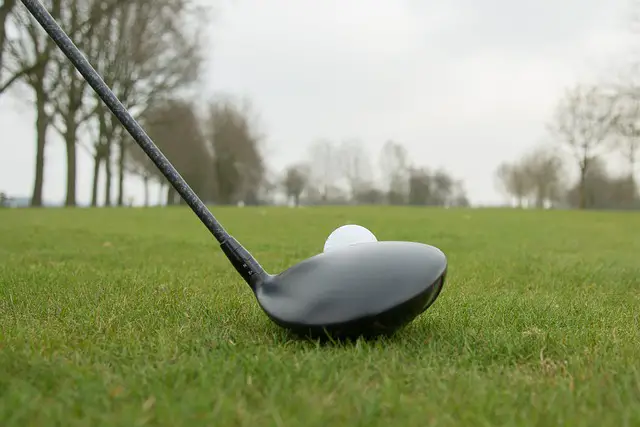Putting in golf is often considered the game’s great equalizer. It demands precision, focus, and a delicate touch. Whether you’re a seasoned pro or a beginner, improving your putting game can significantly impact your overall performance. In this article, we’ll explore the essential techniques and tips to help you master the art of putting in golf.

Why Is Putting So Crucial?
Putting represents nearly half of the strokes in a typical round of golf. Despite its significance, it’s often overlooked in favor of driving or other aspects of the game. A solid putting technique can save you strokes and turn a good round into a great one. So, why is putting so crucial?
The Short Game Impact
The short game, especially putting, can determine your score more than your long game. A missed putt can often be the difference between birdie and par or par and bogey. Therefore, focusing on your putting can lead to more consistent and lower scores.
How to Putt in Golf: Fundamental Techniques
Improving your putting also involves understanding and mastering the fundamental techniques. Here’s a step-by-step guide on how to putt in golf.
1. Grip and Stance
How you grip the putter and your stance are foundational to your putting success.
– **Grip:** Opt for a grip that feels comfortable yet controlled. The most common grips are the traditional grip (both hands close together) and the cross-handed grip (left hand lower than the right for right-handed golfers). Choose one that gives you the most control.
– **Stance:** Stand with your feet shoulder-width apart and ensure you’re balanced. Your eyes should be positioned directly over the ball or slightly inside the target line to maintain proper alignment.
2. Reading the Green
Before you even take your shot, it’s crucial to read the green to understand the slope and speed.
– **Slope:** Look for the high and low points. The ball will break or curve towards the lower areas.
– **Speed:** Consider the length of the grass and moisture levels. Shorter grass and dry conditions will make the ball roll faster.
3. Alignment and Aim
Your alignment and aim can make or break your putt.
– **Alignment:** Ensure that your body, especially your shoulders and feet, are parallel to the target line.
– **Aim:** Focus on a specific target, such as a blade of grass or a small mark on the green, to help you aim accurately.
Advanced Tips on How to Putt in Golf
Once you’ve grasped the fundamentals, it’s time to delve into some advanced tips that can further hone your putting skills.
1. The Pendulum Stroke
The pendulum stroke is often recommended for its simplicity and effectiveness.
– **Backswing:** Take the putter back in a smooth, controlled motion. The length of your backswing should correlate with the distance you aim to cover.
– **Follow-Through:** Maintain a smooth follow-through, which should mirror the length and speed of your backswing.
2. Practice Drills
Consistent practice is key to improving your putting game. Here are a few drills to consider:
– **The Gate Drill:** Place two tees just wider than your putter head and practice hitting the ball through the “gate.” This drill helps with stroke precision.
– **Distance Control Drill:** Place balls at various distances from the hole and practice putting each one, focusing on the speed and length of your stroke.
3. Mental Focus
Putting is as much a mental challenge as it is a physical one.
– **Visualization:** Before you putt, visualize the ball’s path to the hole, including any breaks or slopes.
– **Routine:** Develop a consistent pre-putt routine to help you focus and reduce anxiety.
Common Mistakes in Putting and How to Avoid Them
Knowing the common pitfalls can save you strokes and frustration. Here are some frequent mistakes and how to avoid them:
1. Poor Setup
An improper setup can lead to inconsistent results. Make sure your grip, stance, and alignment are correct each time you approach a putt.
2. Overthinking
While it’s important to read the green and plan your shot, overthinking can lead to hesitation and poor strokes. Trust your instincts and practice to build confidence.
3. Inconsistent Stroke
An inconsistent stroke can ruin even the best-planned putts. Focus on maintaining a smooth, pendulum-like motion.
Final Thoughts: Practice Makes Perfect
Mastering the art of putting in golf takes time, practice, and a keen understanding of both the physical and mental aspects of the game. By focusing on the fundamentals, incorporating advanced tips, and avoiding common mistakes, you can significantly improve your putting skills and, consequently, your overall golf game.
Remember, even the best golfers in the world continually work on their putting. So, grab your putter, head to the green, and practice how to putt in golf. With dedication and persistence, you’ll see significant improvement in your scores. Happy putting!



